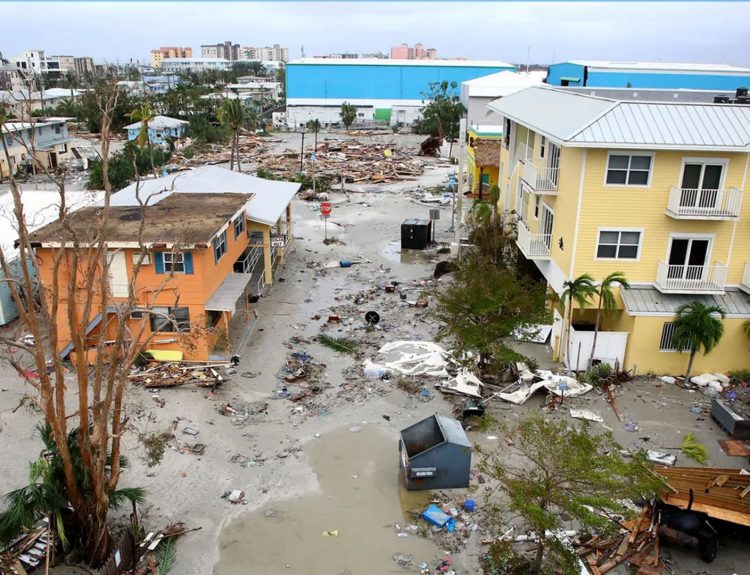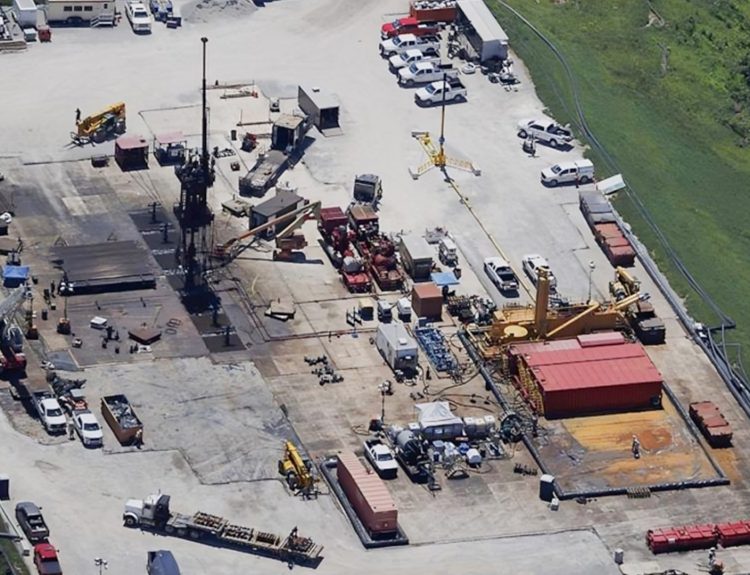A growing resistance against utility-scale green energy projects is spreading across the United States as local governments push back against unwanted wind and solar developments.
This backlash stems from massive solar and wind installations’ negative impacts on communities, from noise pollution and wildlife deaths to spoiled views and permanently altered farmlands.
Local Communities Fight Back
As renewable energy projects have expanded across the U.S., many local communities are pushing back against proposed wind and solar sites. Citizens have seen firsthand the negative impacts of these industrial facilities, from noise pollution and damaged viewsheds to threats to wildlife.
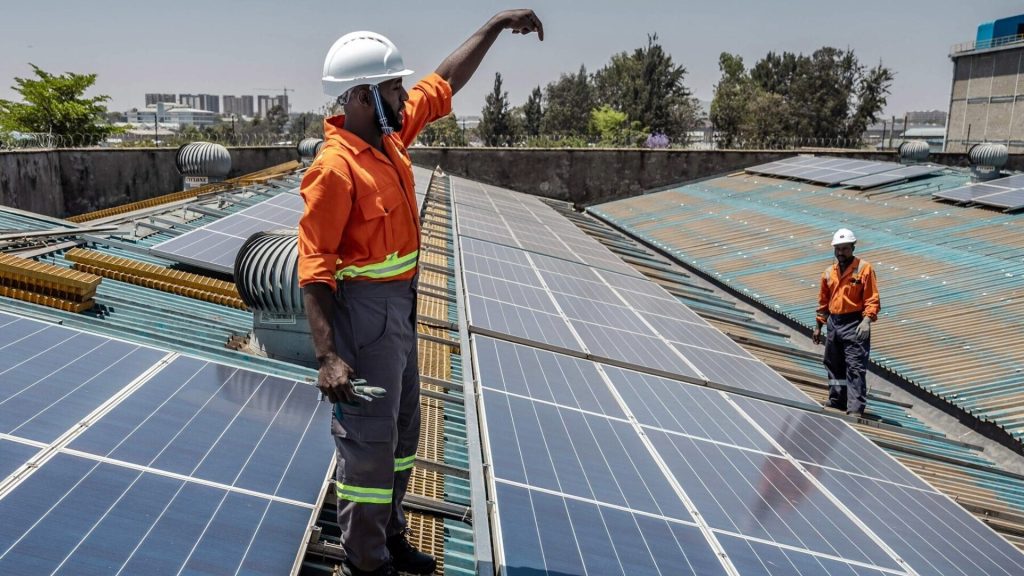
According to a report, twice as many counties have rejected renewable energy projects as those approved.
Stakeholder Rights vs. “Green Energy” Goals
Whenever climate change advocates argue for policies to mandate renewable energy or curb emissions, they frequently complain about the “complexity” of current permitting processes in Western democracies.
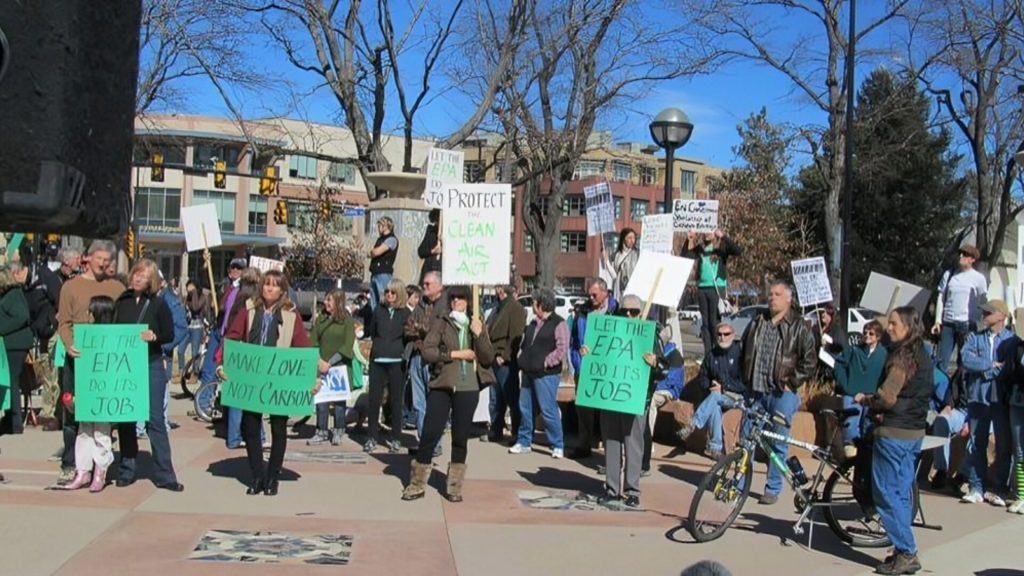
However, these processes exist to protect the rights of all stakeholders potentially impacted by major industrial projects. In the U.S., laws like the Clean Air Act, Clean Water Act, and Endangered Species Act aim to defend citizens and the environment.
Forced Transitions and Picking Winners
Proponents of an accelerated “green energy transition” frequently call for policies that override market forces and consumer choice.
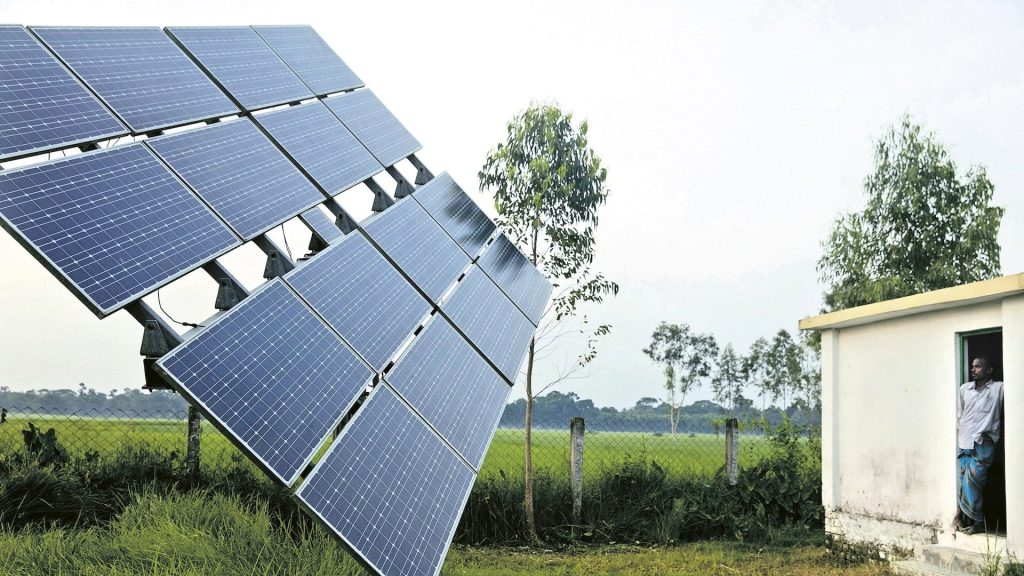
Government interventions like subsidies, mandates, and preferential treatment for certain technologies effectively pick winners and losers while forcing consumers to adopt technologies they may not want or can afford.
Irreparable Harm to the Environment
While renewable energy is often touted as environmentally friendly, utility-scale wind and solar projects can cause irreparable harm. They require thousands of acres of land, damaging habitat and reducing agricultural productivity.
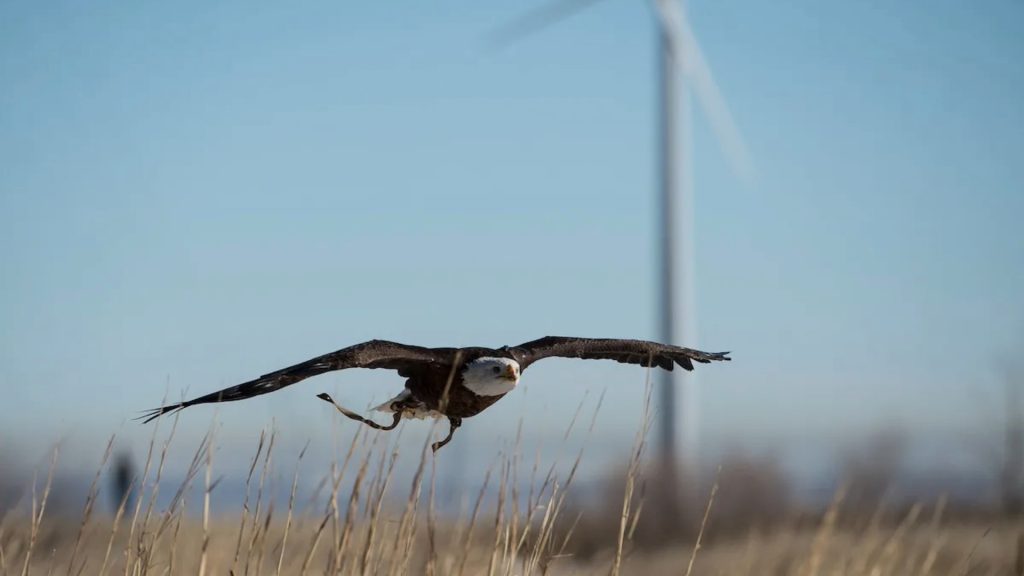
Wind turbines kill hundreds of thousands of birds and bats yearly, threatening endangered species. There are also concerns about the impacts of wind energy on weather and climate patterns that scientists do not yet fully understand.
Questionable Long Term Viability
In many cases, wind and solar projects are built by large energy companies looking to take advantage of tax incentives and government subsidies.
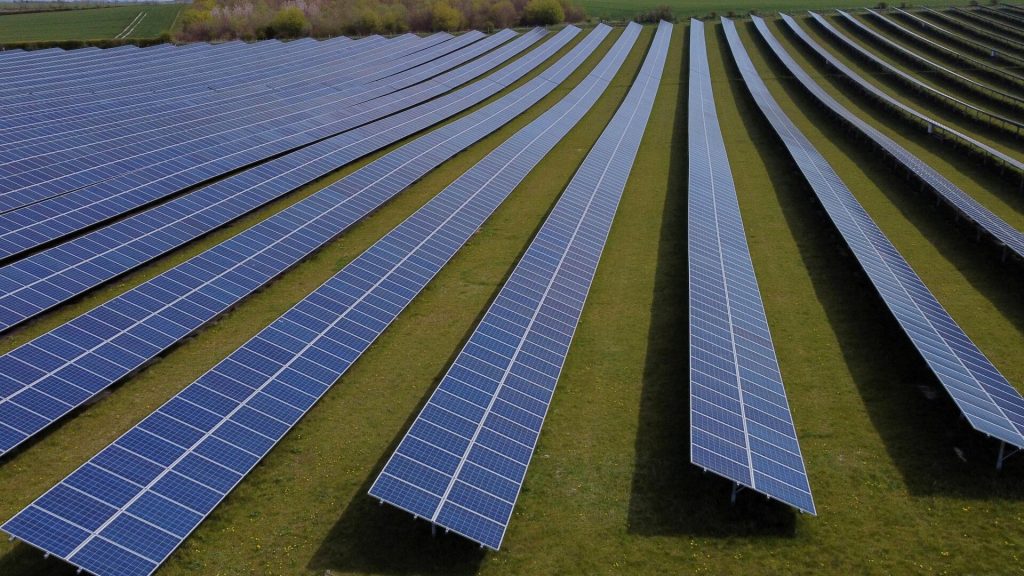
However, once projects reach the end of their 20- to 30-year lifespans, these companies sell them to smaller firms that may lack the means to properly decommission and remediate the sites.
Rights of Citizens and Local Governments
While tackling climate change is crucial, solutions cannot come at the cost of marginalizing communities and circumventing established environmental protections.

A balance must be struck between transitioning to renewable energy and safeguarding stakeholders. Simply put, a nationwide transition should not occur without the consent and input of those it affects most.
Inadequate Regulation and Oversight
Communities are often left with the environmental and economic consequences of these projects long after the companies that built them have sold the sites to smaller firms unable to fund full removal and restoration.

By the time the impacts on communities become clear, it is too late for them to protect themselves through legal means. Banning or restricting these developments from the outset is the only way for cities and counties to avoid such outcomes.
Coercion Over Persuasion
Rather than persuade the public of the necessity and benefits of their policies through open debate and discussion, climate alarmists resort to shrill rhetoric meant to scare and coerce.
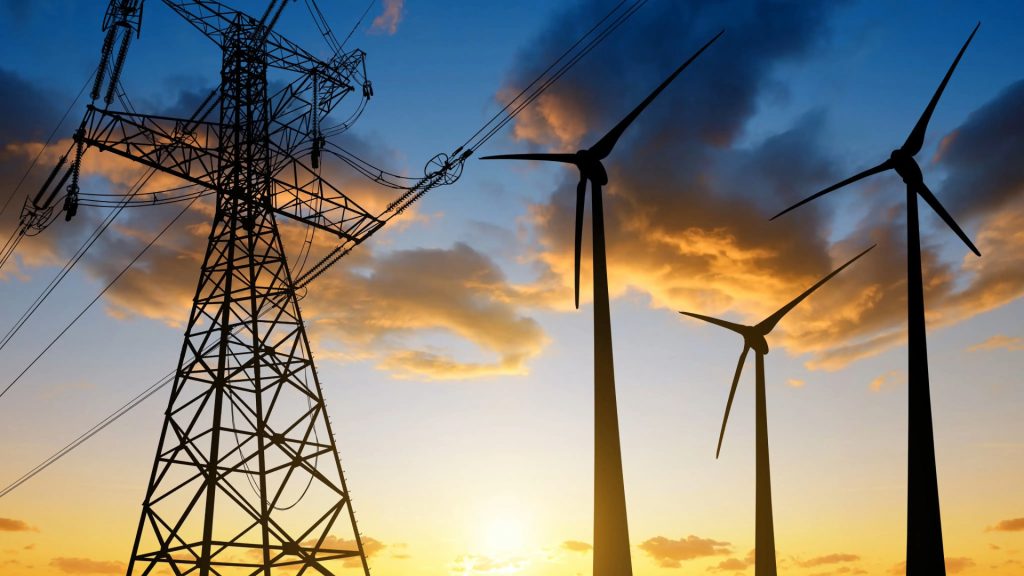
They fail to recognize that in democracies, the public decides critical issues like energy policy through fair elections and discourse, not coercion. Forced adoption of any policy or technology will inevitably meet resistance in a free society. Force rarely creates lasting change; when the coercion ends, people revert to their original behaviors and preferences. Persuading citizens through open debate has a better chance.
Protecting Rights and Democratic Values
Fortunately, the U.S. legal system protects the rights of all stakeholders in industrial development, including citizens, local governments, wildlife, and the environment.
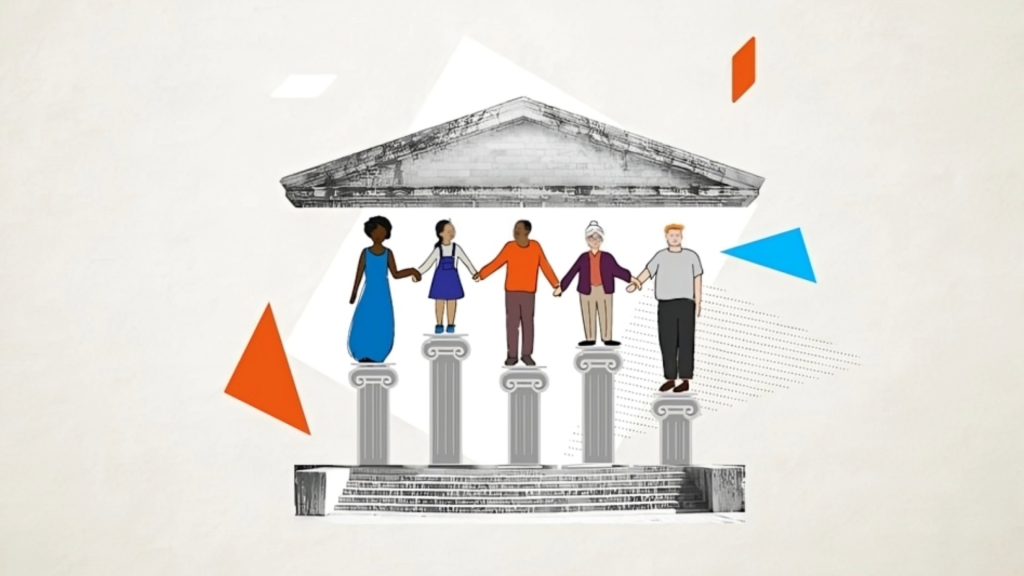
When companies complain of burdensome permitting processes, it is usually because they are being required to comply with laws protecting these rights. As some climate advocates propose, scaling back such protections to achieve renewable energy goals is incompatible with democratic values.
Broken Promises and Inadequate Regulations
As time passes and more renewable energy sites come online, it has become increasingly evident that the promises of “clean, green energy” were vastly overstated.

The noise from wind turbines, in particular, has been shown to cause health issues like sleep deprivation, headaches, and impaired concentration in those nearby. Despite claims by the wind industry, no “safe” setback distance can mitigate these effects for all individuals.
Lack of Decommissioning Requirements
There are currently few regulations requiring the full decommissioning and remediation of wind and solar sites at the end of their operational life. As components age and degrade, they may be abandoned in place by the operating companies, which are often small LLCs.
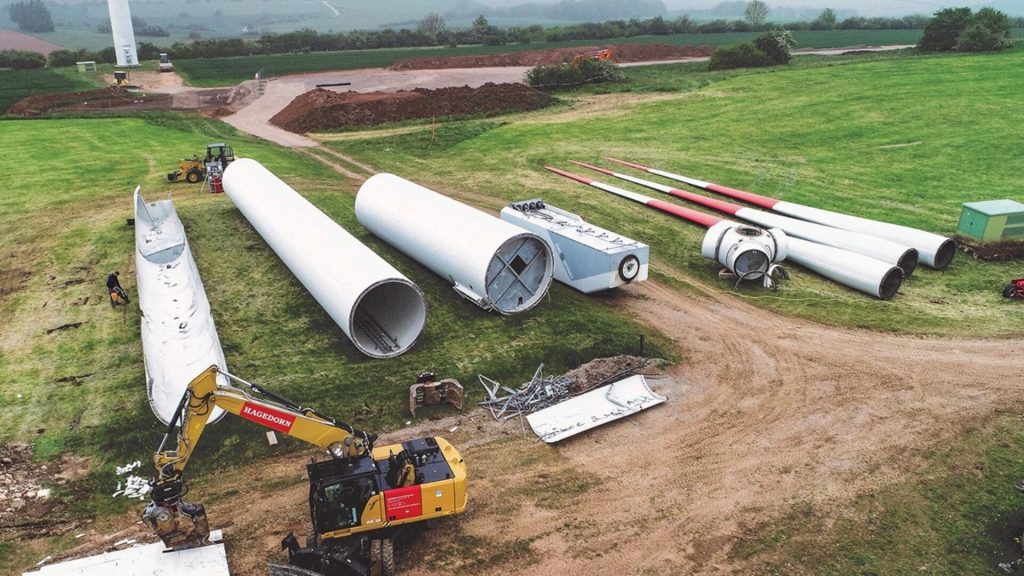
The costs of removal and land reclamation are exorbitant, yet there are no assurances the funds for this will be available when needed. Local communities are rightfully concerned they will be left with rusting hulks blighting the landscape for generations.
An Unsustainable ‘Transition’
Forced “energy transitions” subsidized by taxpayers are incompatible with free societies protecting rights. This contradiction is why local governments reject industrial sites.
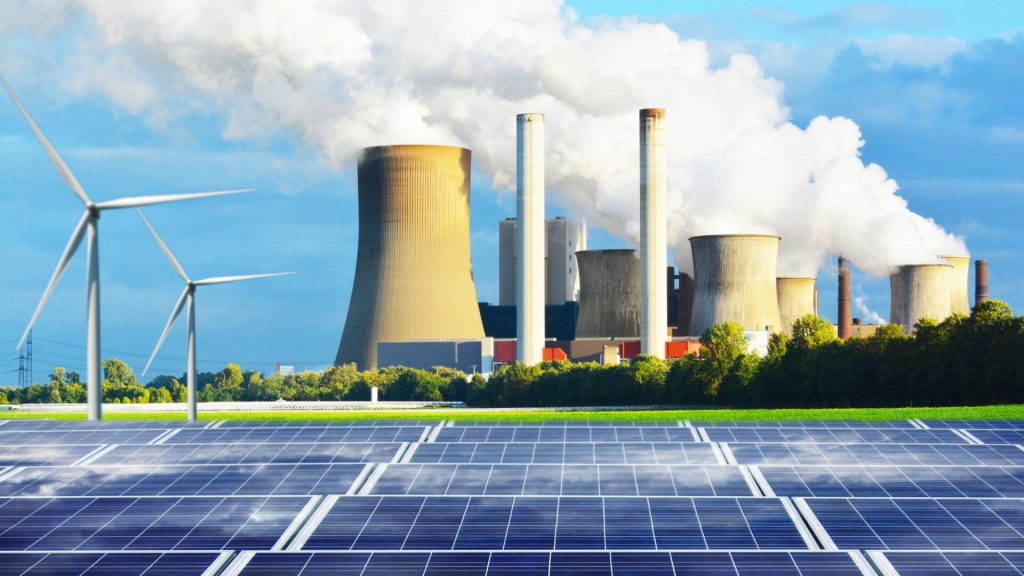
While proponents claim transitions are inevitable, China and the U.S. continue expanding oil, gas, and coal. Voters in democracies are unlikely to relinquish rights for vague climate objectives.
Green Energy Can Work But It Needs Extra Work
Environmental rhetoric grows more extreme as the movement’s vision faces reality. A sustainable transition must balance stakeholder interests, ecological protection, and affordable energy access.

The U.S. can achieve environmental stewardship and economic prosperity through inclusive policy making and innovation. However, that transition may look different from what activists demand.





